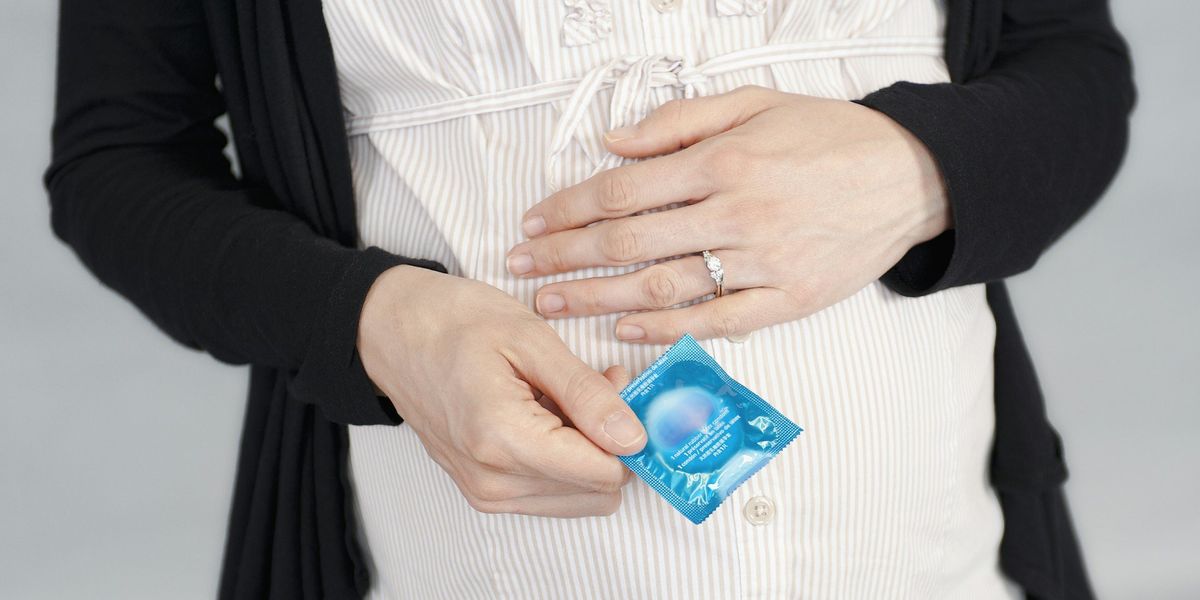
Two brands of condoms and one brand of lubricant have detectable levels of organic fluorine, an indicator of the group of chemicals known as PFAS, according to a new report from Mamavation.
Partnering with EHN.org, the environmental wellness blog and community had 25 condoms and four lubricants tested by a U.S. Environmental Protection Agency-certified lab and found levels of organic fluorine ranging from 13 parts per million to 68 ppm. Three condoms — two of the same brand — and one lubricant had detectable levels of organic fluorine, while the rest of the products had no detectable levels.
Organic fluorine is a strong indicator of per- and polyfluoroalkyl substances, also known as PFAS or “forever chemicals”— which have been linked to health effects including reduced immune system function and vaccine response, developmental and learning problems for infants and children, certain cancers, lowered fertility, endocrine disruption and other impacts.
The report builds EHN.org and Mamavation’s growing library of consumer products tested for evidence of PFAS, including products such as contact lenses, pasta and tomato sauces, sports bras, tampons, dental floss, electrolytes, butter wrappers, fast food packaging and diapers.
While many are aware of PFAS pollution in water, Mamavation’s testing continues to find that we’re also exposed by the things we wear or eat — or, in this case, use in the bedroom. To see an in-depth look at why and how PFAS ends up in many of these products, see our investigation PFAS on our shelves and in our bodies.
What does PFAS in condoms and lube mean for our health?

The exposure risk to PFAS through the skin is not entirely clear, however, previous lab research by the National Institute for Occupational Safety and Health found that PFAS skin exposure poses similar health risks as ingesting the chemicals via food or water.
“Because condoms are an exposure to the most sensitive areas on the human body for both men and women, I would strongly recommend the industry identify and remove these exposures immediately,” Linda S. Birnbaum, scientist emeritus and former director of the National Institute of Environmental Health Sciences and National Toxicology Program and scholar at residence at Duke University, told Mamavation of the new findings. “The vagina and penis are incredibly vascular areas and dermal exposure to these areas are often higher than other places of the body.”
Terrence Collins, Teresa Heinz professor of green chemistry & director of the Institute for Green Sciences at Carnegie Mellon University, told Mamavation that it is “chemically certain” that the female reproductive tract will be contaminated by some of the chemicals in condoms.
“I fear about what this might mean for fetal development. We must expand safety testing to assess the endocrine disruption activity of chemicals that we put in condoms.”
What condoms and lube are PFAS-free?
While the bad news is that any condoms or lube had evidence of PFAS, the good news is that 86% of the products — including some from popular brands like Durex, Lifestyles and Astroglide —showed no sign of the chemicals.





